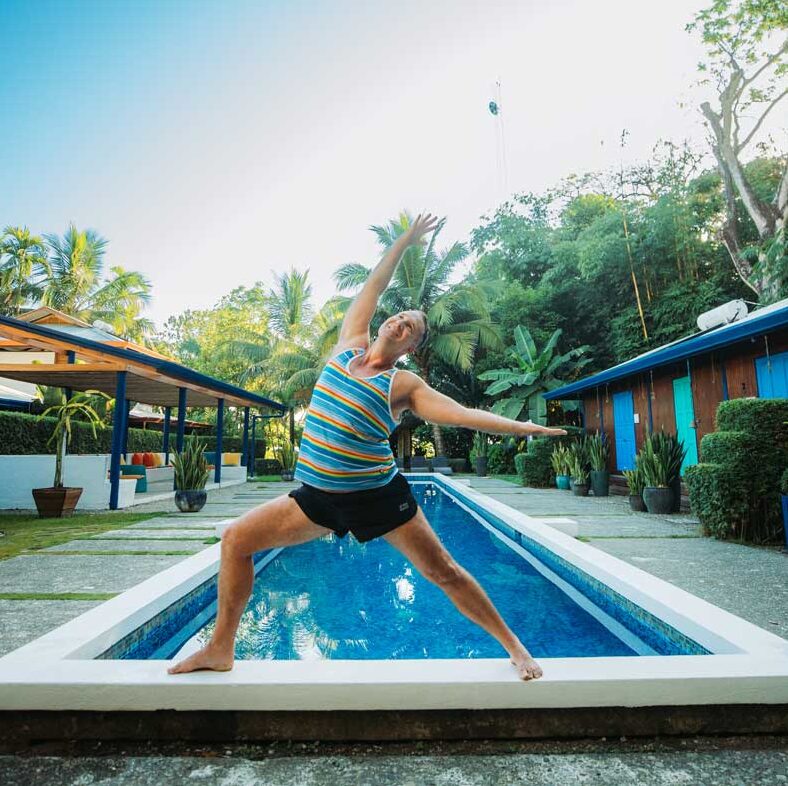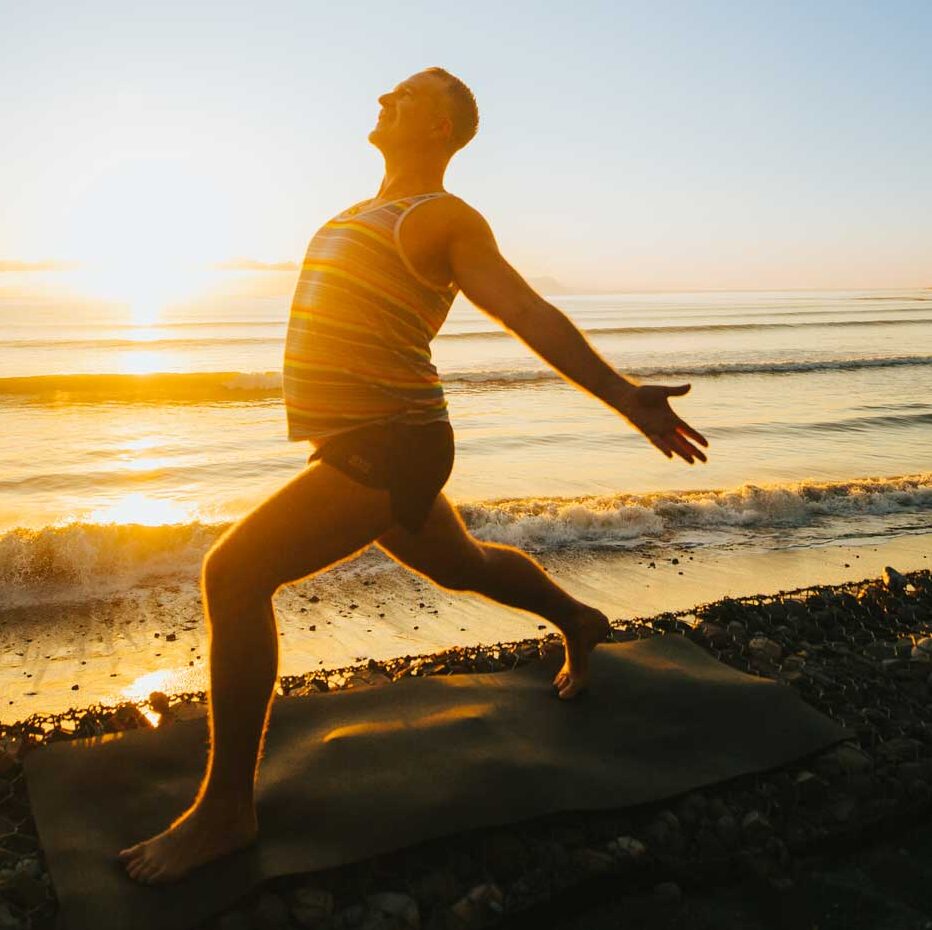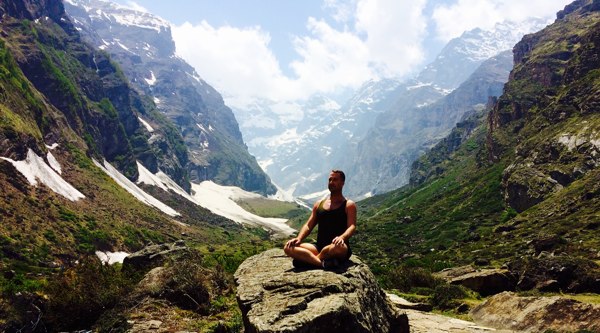Most of my yoga students have a love-hate (or, let’s be honest, hate-hate) relationship with backbends… even after they learn the life-changing benefits of backbends.
I get it. Before learning about AYAMA™ — a revolutionary approach to yoga that swaps stretching for stability — many of those same students experienced discomfort or injury in backbending postures, often guided by inexperienced teachers who pushed them too far.
Now, like a jilted lover, they’re understandably hesitant to “open their hearts” to backbends again.
Maybe you are also wary of the benefits of backbends. My goal is to change that by the end of this article.
You see, I adore backbends. Rarely is there a yoga class that I do not teach them and a day I do not practice them.
Once you understand backbend benefits and learn how to improve backbends safely and effectively…
…well, I think you might just fall in love with these glorious, invigorating, spine-extending postures, too. Let’s get started.
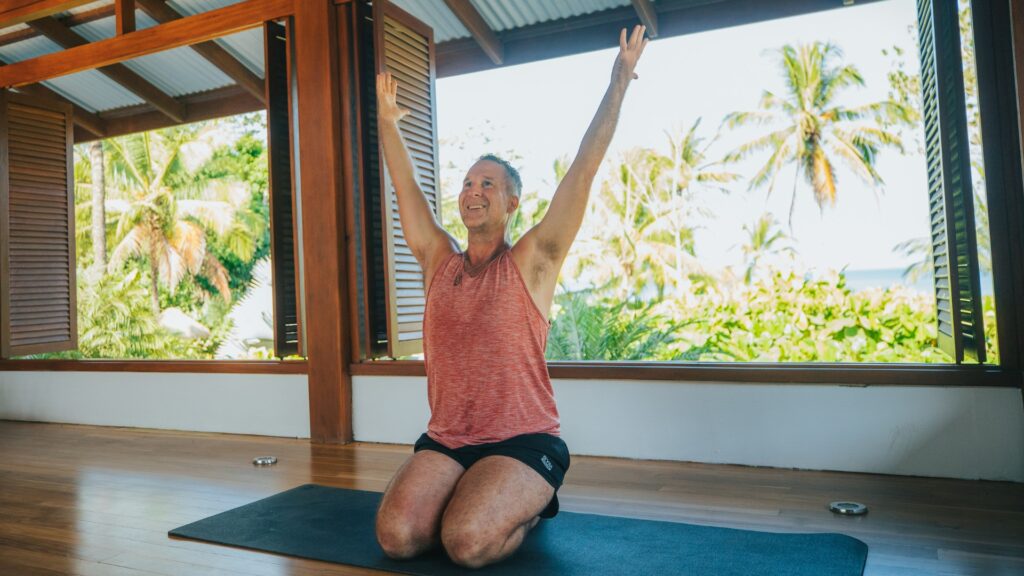
7 Incredible benefits of backbends
From an AYAMA perspective, when we strengthen our backs, we change our lives.
I know that sounds hyperbolic, but it’s true. In addition to the physical benefits, backbending postures offer transformational emotional and energetic advantages, too. Let’s take a look:
1. Backbends give you energy
When you practice backbends, you stimulate your sympathetic nervous system, which creates an expansive energetic response in your body. In other words, backbends spur feelings of growth, openness, and vitality!
2. Backbends get you out of your head
When you backbend, you tap into your creative source of limitless potential. New possibilities and next-level ambitions no longer feel so out of reach. You start to quell limiting beliefs and remember all of which you’re capable!
Don’t believe me? Try it out for yourself! Spend a few minutes daily practicing backbends in yoga, and see what happens to your life.
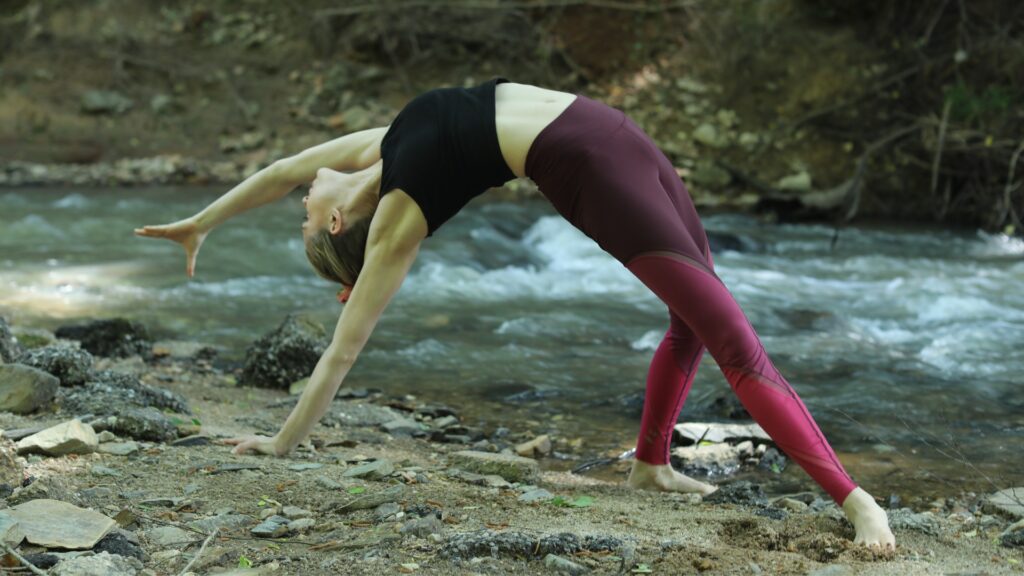
3. Backbends activate and strengthen the back body
When it comes to the biomechanics of backbends, the primary objective is to strengthen the musculature of the upper back (thoracic spine), lower back (lumbar spine), sacrum, gluteal muscles, and hamstrings.
P.S. Read this if you’re looking for backbends for back pain.
4. Backbends improve posture
Do you spend hours each day sitting at a desk? When we sit for extended periods, the spine becomes stuck in flexion (bent forward). Backbending counteracts this hunched posture (a pose I like to call slouchasana ) to create a more balanced and aligned spine.
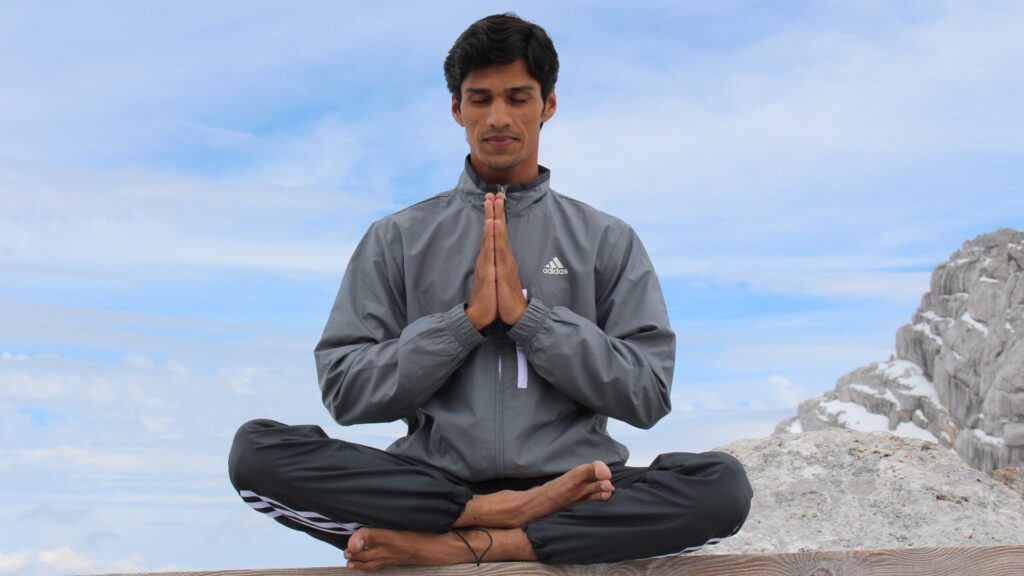
5. Backbends relieve stress and anxiety
Backbends can have a positive impact on your mental and emotional well-being by releasing built-up tension and stress. If you’re feeling anxious, try inhaling your arms up overhead while gently arching through your upper back. Feel better?
6. Backbends improve digestion
One of the lesser known benefits of backbends is that they stimulate the abdominal organs which can lead to better overall gut health!
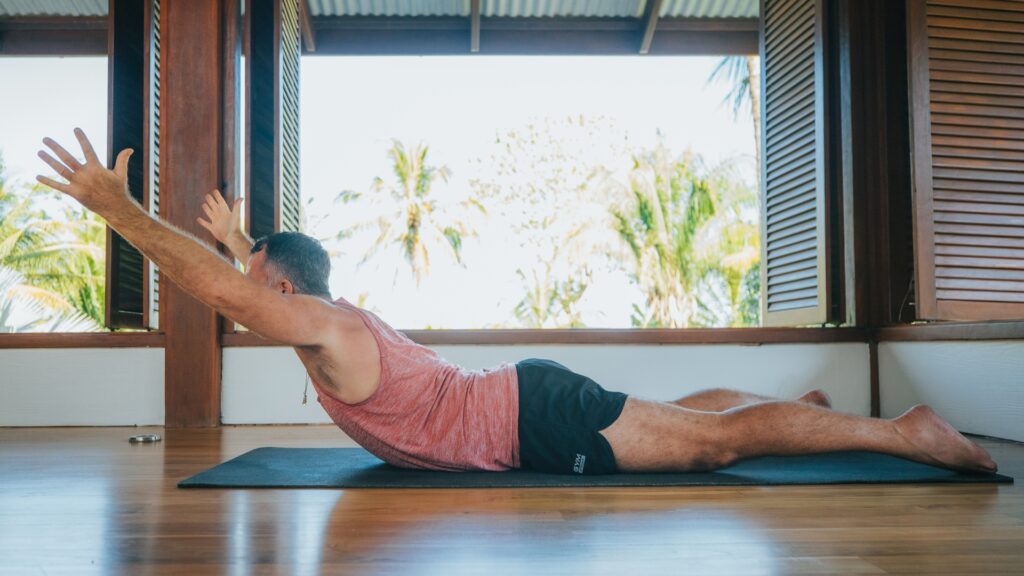
7. Backbends improve respiratory function
Backbends expand the chest, leading to deeper breathing and increased oxygenation of the blood. This can strengthen the heart muscles, raise metabolism, and promote overall cardiovascular health.
Now…
Hop into any yoga class, and the teacher will likely cue you to “stretch through the front of your body” — in other words, to focus on “opening your heart center.”
According to the pillars of AYAMA, this focus on stretching through the anterior of the body only leads to more instability and back problems. Perhaps this instability is why many yoga students throw out their backs or injure themselves in backbend practices!
Here’s what I want you to remember:
We incorporate backbends into our AYAMA practice to activate the back body, which naturally liberates the front body.
When you practice backbends correctly, you still achieve expansiveness and openness through your chest, heart center, and core…
…but you do so without sacrificing the neuromuscular connection in the deep anterior musculature of your torso.
Sound intriguing? Now that you know the benefits of backbends, let’s take a closer look at how to practice backbends safely and effectively.
How to do a backbend for beginners
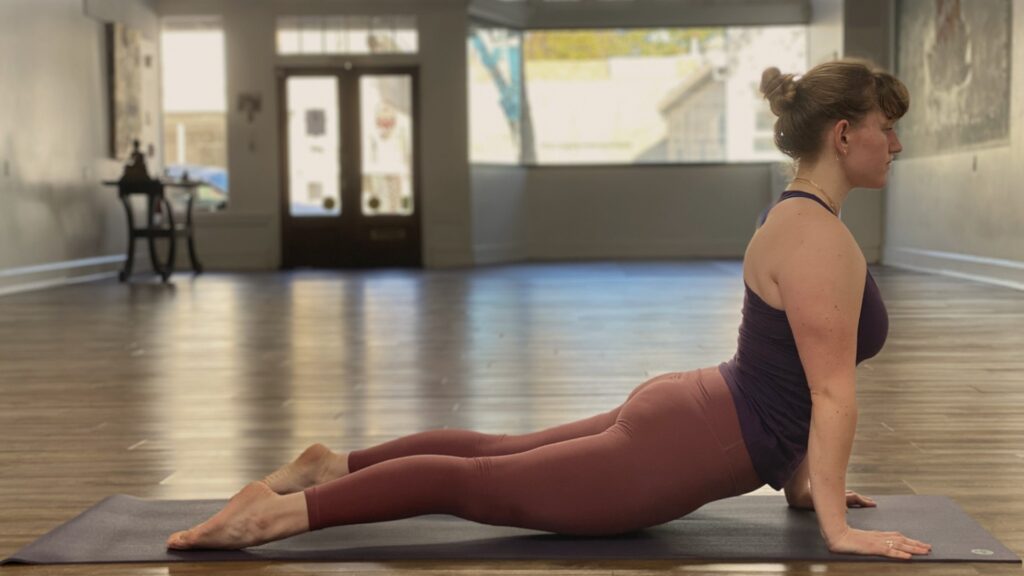
“Backbends are not poses meant for exhibitionism. Backbends are meant [to allow us] to understand the back parts of our bodies. The front body can be seen with the eyes. The back body cannot be seen; it can only be felt… When I’ve seen people giving performances or doing videos of backbends, my impression was that there was no concord, harmony, or balance in their presentations of the spinal movement.” B K S Iyengar.
A quick scroll through Instagram and yoga-related hashtags might lead you to believe that the more mind-boggling the backbend, the “better” the yogi.
I’m here to tell you that you don’t need to look like a pretzel to practice backbends effectively.
Remember, yoga has nothing to do with flexibility.
If we want to safely practice backbends, we must first ensure stability in the spine.
This is where many yoga students go wrong: they are more concerned with how a backbend looks than how it feels. Many yoga teachers don’t help the matter. They encourage students to move deeper into backbending postures with zero regard for anatomical structure.
And yet, often the most subtle backbends have the most potent effect on the body!
How to safely practice backbends
Your lumbar spine has a great capacity to arch deeply…
…and yoga fanatics have a tendency to arch in the lumbar spine excessively.
The same goes for your cervical spine. It’s all too easy to collapse through the head and neck, giving the illusion of a deeper backbend.
In both cases, if your back is not adequately supported, you will limit the strengthening benefits of backbends.
So, instead of overextending through the lumbar and cervical spine, we want to control the relationship between lengthening the thoracic curve and deepening the lumbar spine through the utilization of intentional core engagement.
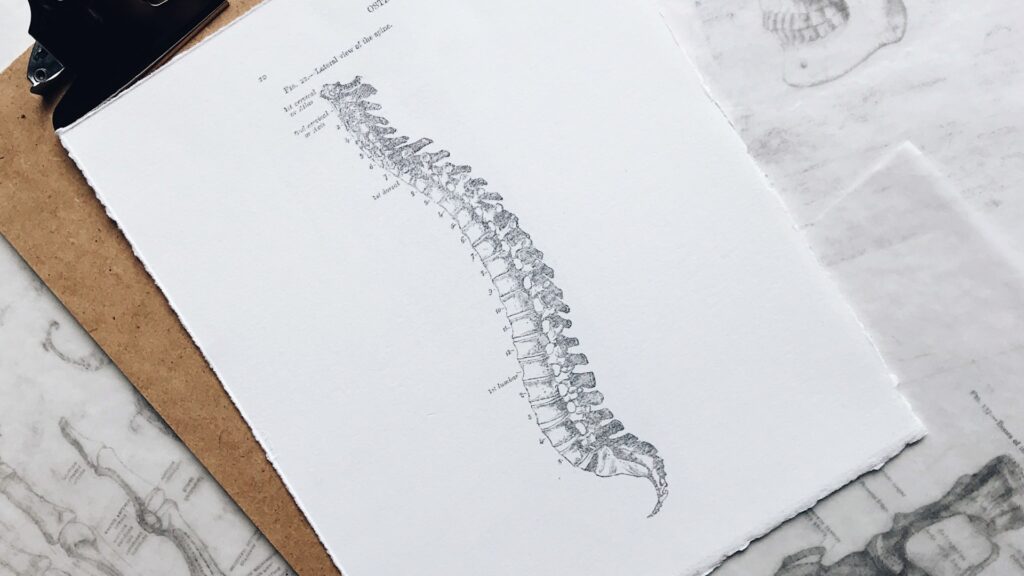
Understanding the anatomy of backbends
Backbending postures are possible thanks to the trunk extensor muscles that run alongside the vertebral column. As the name suggests, your trunk extensors hold your spine in a more extended, elongated, upright posture. Your trunk extensors also counterbalance the gravitational forces that naturally pull the spine into flexion (forward bends).
When we use AYAMA to practice backbends, we contract and strengthen the trunk flexors, improving spinal alignment and decreasing the risk of back injury so that we can actually reap all the backbend yoga benefits.
How to do a backbends for beginners
Here’s how to safely move into a backbend:
At the initiation of the inhale, expand the breath into your upper chest. At the start of each exhale, slightly lift the pubic bone at the insertion point of the abdominals while squeezing your abdominal core to the midline of your torso.
Because we spend so much time sitting and in flexion, our back extensors tend to be weak. I always include at least one backbend in my daily AYAMA practice.
What’s my go-to pose anytime I want the benefits of backbends (for beginner and experienced yogis alike?)
A simple activation exercise I like to call Superman pose!
To practice Superman pose, lie on your stomach and place your hands on your lower back. Lift your legs into the air, then peel your head and chest off the ground. Keep your legs as straight as possible, toes pointed.
Do you feel the muscle beneath your hands engaging? Great! Hold the pose for six seconds, and repeat it six times. You’ll likely find that you can lift the legs and torso slightly higher each time you practice this posture.
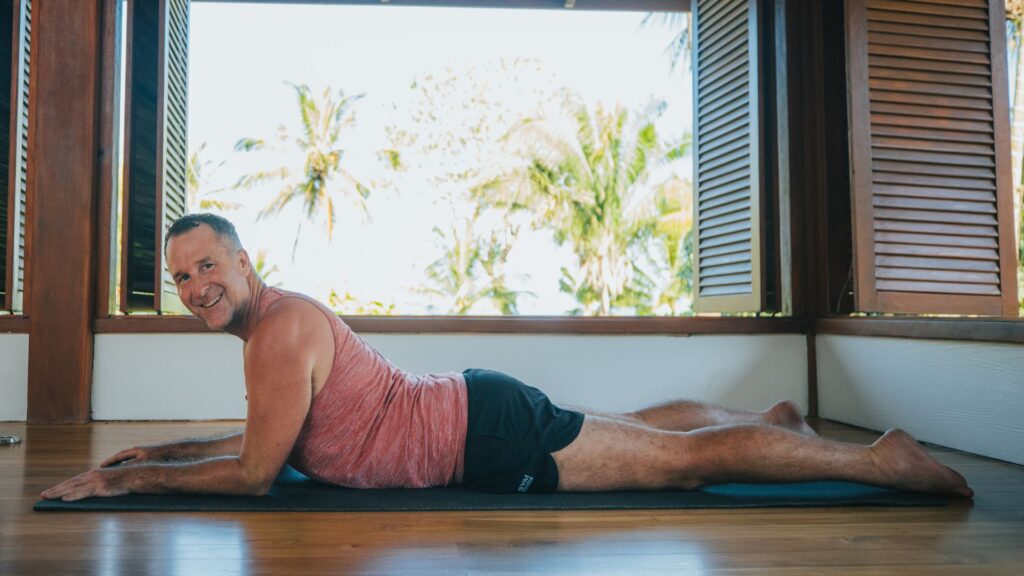
Camel pose workshop
Camel pose is an invigorating and strengthening backbending posture; it feels absolutely incredible when practiced correctly.
However, many students experience pain in this backbending posture because they do not take the time to activate properly. So, let’s take a sec to workshop this popular backbending pose so that you can practice Camel confidently, safely, and effectively — and start to experience all the life-changing benefits of backbends.
If you’re not familiar with Camel pose, here’s the gist:
Camel pose, also known as Ustrasana, involves kneeling on the ground and then arching the back to bring the hands to the heels of the feet. To move into the posture, you bring your knees hip-width apart and place the hands on your lower back. Then, you slowly arch the spine backwards to lift the chest up and bring the hands towards the heels.
Camel pose is a potent way to open the front of the body, including the chest, shoulders, and abdomen, and is also excellent to improve posture and increase spinal flexibility. In other words, Camel pose benefits your entire body!
So, if you’re looking to “unslouch” your posture, strengthen your back, open your breathing capacity, and expand your heart — then work through this tutorial with me today so you can practice camel pose safely and experience all the benefits of backbends!
Common backbending myths
Myth #1: Backbends are only for people who are already flexible
Reality: Remember, yoga is not about flexibility! Anyone can practice and benefit from backbends when you follow the tenets of AYAMA.
Myth #2: Backbends are only for the young and healthy
Reality: Backbends are beneficial for people of all ages and abilities, so long as you activate key muscle groups first. I would argue that as we get older, backbends become increasingly important. After all, the benefits of backbends in yoga include improved posture, mobility, and spinal health.
And remember… even a subtle backbend is a backbend!
Myth #3: Backbends are bad for the spine and can lead to injury
Reality: If you overextend or compress your spine, then yes, backbends can lead to injury. Again, that’s exactly why I created AYAMA: so you can stop stretching and live pain-free while experiencing the transformational benefits of yoga. Use AYAMA to activate your body, and backbends can be a safe and beneficial addition to your daily practice.
Now, I’ll say it one more time:
When we strengthen our backs, we change our lives. That’s my guarantee to you!
If you’re looking for more ways to reclaim your health and well-being, I’d love to support you.
For over 30 years, I’ve helped people across the globe eliminate their pain so they can truly step into their greatest potential and live their life purpose.
Learn more about how you can work with me both in-person and online.

